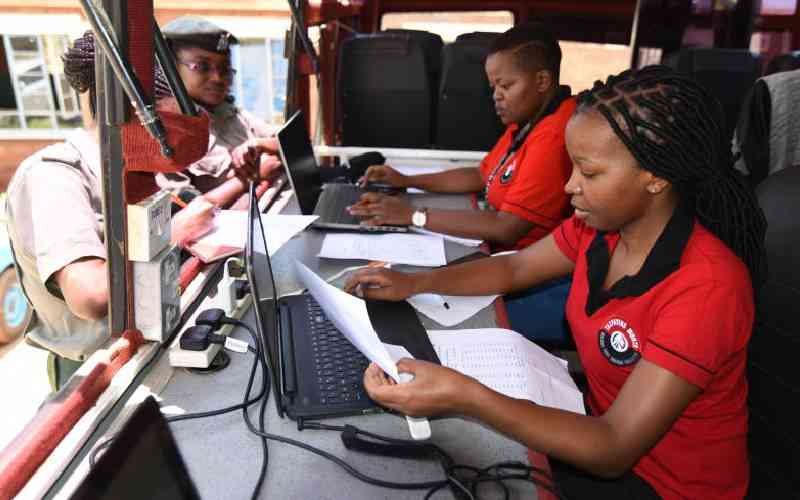
As the world commemorates World Patient Safety Day, I remain optimistic that the patient safety space will grow to a point where it is a household concept and national priority in different countries. To get there, one of the biggest gaps we must close quite urgently is the lack of capnographs in resource-limited hospitals.
This year’s event is themed ‘Improving diagnosis for patient safety’. It comes as anaesthesia professionals from across Africa make a clarion call to the World Health Organization and national decision-makers to accelerate the adoption of capnography in low-resource settings by taking three immediate actions: upgrading capnography in the WHO-WFSA International Standards for a Safe Practice of Anesthesia from "recommended" to "highly recommended," including capnography alongside pulse oximetry in the WHO Surgical Safety Checklist and incorporating capnography as essential in national anaesthesia guidelines.
A capnograph is the best tool for detecting a leading cause of anaesthesia-related complications and deaths in low-resource settings: the misplacement of the breathing tube supplying oxygen to the patient. Without an oxygen supply, the patient will suffer catastrophic harm in a matter of minutes.
The absence of capnography in most low-resource settings has been attributed to its high cost and the scarcity of devices adapted to specific local needs. Capnography has been used widely in operating rooms in high-income countries for over three decades. Its introduction in the United States in 1991 led to a dramatic decline in anaesthesia-related complications and deaths. Yet, capnography remains largely unavailable across most low-resource-setting operating rooms, with research showing there is often a 100 per cent gap between the need for capnography and its availability in low-income countries.
In response to this critical shortfall, Smile Train and Lifebox launched the Smile Train-Lifebox Capnograph, a high-quality, user-friendly, affordable capnograph with sturdy construction and long battery life suited for low-resource settings. Working with the World Federation of Anaesthesiologists (WFSA), the Global Capnography Project (GCAP), and other leaders in global anaesthesia, the initiative also developed a comprehensive capnography training package for anaesthesia providers. During these trainings, it is palpable in the room how dire the situation is when the professionals go back to their respective hospitals. Flying blind while intubating a patient is a great yet avoidable risk if the right investments and measures are put in place to mitigate complications and mortality. Smile Train and Lifebox Capnographs have committed 350 capnographs to be distributed this year in Benin, Ethiopia, the Philippines, Uganda, Nigeria, Guinea, and Bangladesh among other countries.
For the campaign to succeed, everyone has to be carried along. Ministries of health, professional societies, hospitals, and individual anaesthesiologists and anaesthesia providers from across Africa and beyond are invited to sign the action letter, marking a unified effort to ensure safer anaesthesia practices and significantly improve health outcomes in low-resource settings.
Have you signed? Simply share #CloseTheCapnoGap on your preferred social media platform.
The writer is the Director of Programs Safety at Smile Train
 The Standard Group Plc is a multi-media organization with investments in media
platforms spanning newspaper print operations, television, radio broadcasting,
digital and online services. The Standard Group is recognized as a leading
multi-media house in Kenya with a key influence in matters of national and
international interest.
The Standard Group Plc is a multi-media organization with investments in media
platforms spanning newspaper print operations, television, radio broadcasting,
digital and online services. The Standard Group is recognized as a leading
multi-media house in Kenya with a key influence in matters of national and
international interest.
 The Standard Group Plc is a multi-media organization with investments in media
platforms spanning newspaper print operations, television, radio broadcasting,
digital and online services. The Standard Group is recognized as a leading
multi-media house in Kenya with a key influence in matters of national and
international interest.
The Standard Group Plc is a multi-media organization with investments in media
platforms spanning newspaper print operations, television, radio broadcasting,
digital and online services. The Standard Group is recognized as a leading
multi-media house in Kenya with a key influence in matters of national and
international interest.











